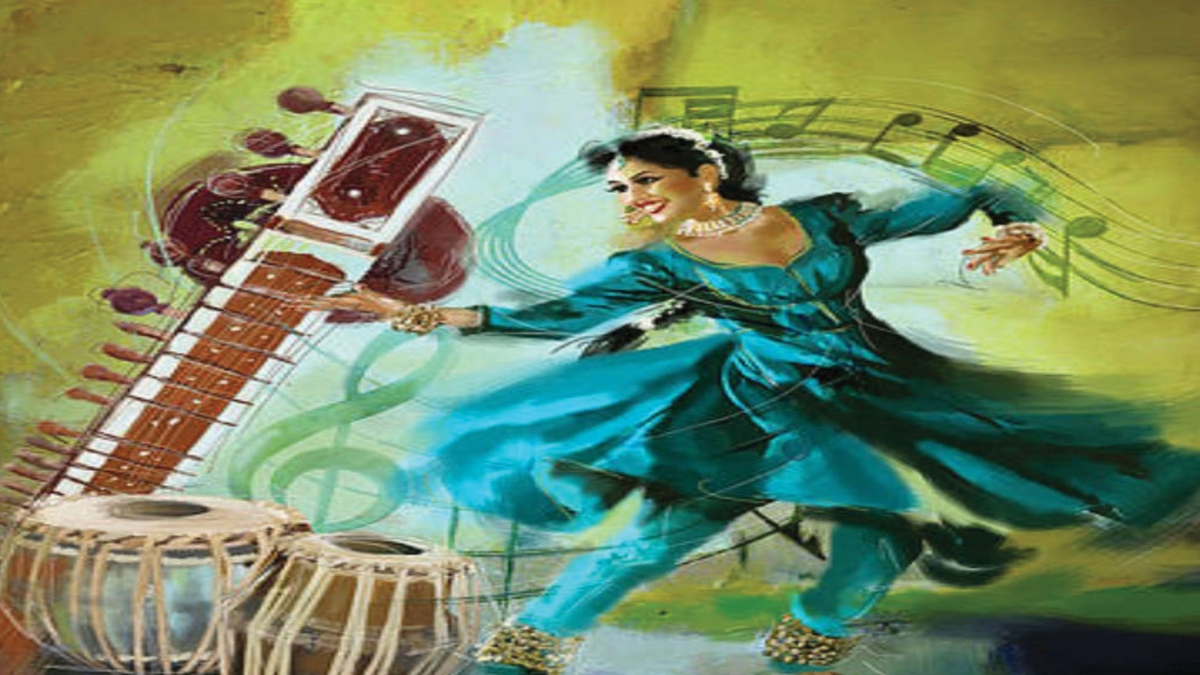


Indian Classical music has been always considered a serious and stuff form of traditional music meant more for the wise and elderly. We can conjure up images of a septuagenarian artist with his accompanying artists on stage tuning his taanpura and holding his Sur in a meditative state. Even the audiences who appreciate classical music are learned or at the least initiated adults. It is difficult to associate fun frivolousness and children with this austere form. Even in child audiences of Indian classical music concerts, we see mini adults. Children who are musically gifted and those who have, through the aegis of their tutors and parents, made the austere life of practice and sadhana, a familiar place to be. We see these children precisely finding the ‘sum’ in a Hindustani concert or mouthing famous kriti lyrics in a carnatic concert. The typical sight is of the child being accompanied by a very enthusiastic parent who wishes one day to see their child on stage.
 As an Indian classical music community we need to wake up.
As an Indian classical music community we need to wake up. Classical music needs to become easy and accessible enough for every parent to look at it as a viable hobby or pursuit for their child and for every child to think of it as an engaging and fun thing to do.
Classical music needs to become easy and accessible enough for every parent to look at it as a viable hobby or pursuit for their child and for every child to think of it as an engaging and fun thing to do.
This is a beautiful phenomenon and very unique to our classical music culture. But it does force us to look into how relevant classical music is to the lay child. The youngester who doesn’t have ‘musical genes’ or who doesn’t hail from a family of musicians. Or even a child who may not be naturally inclined to learn this form. Should they be excluded from reaping the huge benefits of learning classical music? Certainly not.
Classical music training has very deep benefits to offer every human being on this planet. Especially children. Learning classical music can make children more emotionally aware, calm and more musically inclined in general. It strengthenes concentration, improves breathing and fosters an appreciation of beauty and art.
So, now comes the burning question ‘How do we succeed in making Indian classical music accessible to the lay young person?’ I would say that we should start off by making it fun. By making it relatable. Classical music needs to become easy and accessible enough for every parent to look at it as a viable hobby or pursuit for their child and for every child to think of it as an engaging and fun thing to do. It has to be imparted in a way that makes it an easy activity. The tools to make this happen can be stories. Stories can be a framework to make classical music concepts and techniques fun to understand for a child. Making wares into characters and weaving interesting stories through musical melodies can make classical music engaging to children. We could make music come visually alive through graphics and animation so that the child can understand musical concepts using different faculties. We could create musical quizzes and games to keep the children’s’ minds sharp and racing while they still enjoy the musicality in the music they learn. Jokes and laughter should be an important part of music education too. Music instructors need to be taught the skill of relating to children without judgement or prejudice. Classical music has to become a natural and easy choice for playtime. While this approach may be contradictory to earlier practices of the strict gurukul approach, it may be an important way forward to carry forward our musical heritage.
We are at an important cultural juncture now. The number of people from newer generations interested in learning, preserving and taking forward classical music is waning. We have fewer audiences in classical music concerts. As an Indian classical music community we need to wake up. We need to create interest in our art from among children and cultivate in them an appreciation for our rich musical heritage. The only way to do this is through entering their wondrous and spectacularly creative world of laughter frolic and fun. This is the only way our traditional music can be carried forward to newer and newer generations.
The writer is a vocalist of both Hindustani and Carnatic Classical music, with over three decades’ experience. She is also the founder of Music Vruksh, a venture to make classical accessible for its aesthetic and wellness benefits.